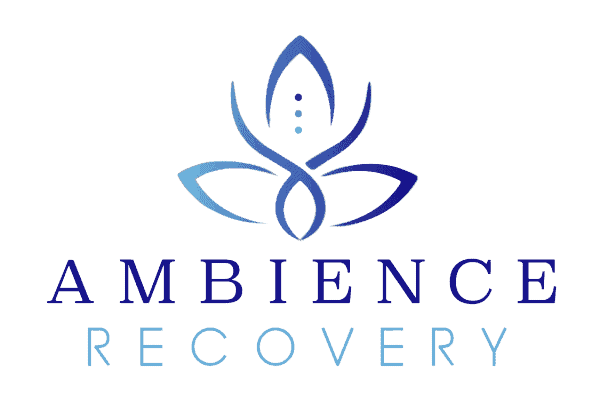Key Takeaways The 12 steps of Alcoholics Anonymous (AA) guide people through recovery from alcohol and drug addiction. These steps promote honesty, accountability, and personal growth. The program is spiritual but not religious—you define your own higher power. Millions of people have found healing and hope by working the steps
Key Takeaways Mixing cocaine and alcohol creates cocaethylene, a toxic chemical. Cocaethylene stays in the body longer and is more dangerous than cocaine alone. It increases the risk of heart attack, liver damage, and sudden death. Ambience Recovery provides safe, expert care for those struggling with cocaine and alcohol use.
Key Takeaways Relapse is a gradual process, not a sudden event. It happens in three stages: emotional, mental, and physical. Recognizing early warning signs can prevent full relapse. A relapse prevention plan strengthens long-term recovery. Recovery is a journey where learning from setbacks is part of success. Introduction Recovering from
Key Takeaways Nitazenes are a new type of synthetic opioid that can be stronger than fentanyl. They were never approved for medical use but are now showing up in illicit drug markets. Nitazenes can be up to 100 times more potent than morphine. They are hard to detect, and even
Key Takeaways Adderall is a common ADHD medication that may cause irritability in some people. Stimulant side effects like mood swings, anxiety, and anger are possible, especially if the dosage is too high. Irritability may appear when starting the medication, when it wears off, or during withdrawal. Talking to a
PRESS RELEASE May. 9, 2025, 10:09 AM Ambience Recovery in North Hollywood is gaining recognition for its individualized substance use treatment model. The center offers personalized care plans integrating evidence-based therapies, medical support, and holistic practices. This approach has led to increased long-term sobriety rates and decreased readmissions among clients.
Key Takeaways People with high-functioning autism may face a higher risk of addiction. Mental health challenges and sensory issues can increase this risk. Addiction may look different in autistic individuals. Personalized treatment is key for lasting recovery. Ambience Recovery offers support for people with co-occurring autism and addiction. Introduction Autism
Key Takeaways Crystal meth is a highly addictive stimulant that rewires the brain’s reward system. Meth floods the brain with dopamine, causing strong cravings and dependence. Withdrawal symptoms can be intense and long-lasting, making quitting difficult. Long-term meth use leads to physical, mental, and emotional health problems. Professional treatment helps
Key Takeaways Heroin comes in different forms like black tar, China White, and brown powder, each with its own risks. Black tar heroin is sticky, dark, and mostly made in Mexico. It’s less refined and carries risks of infection. China White heroin is a fine white powder. It’s usually more

Located in North Hollywood, California, Ambience Recovery offers a personalized, compassionate approach to addiction recovery. Our team of experienced professionals is dedicated to helping individuals find lasting freedom from substance abuse in a serene, home-like environment.
© 2025 All Rights Reserved.